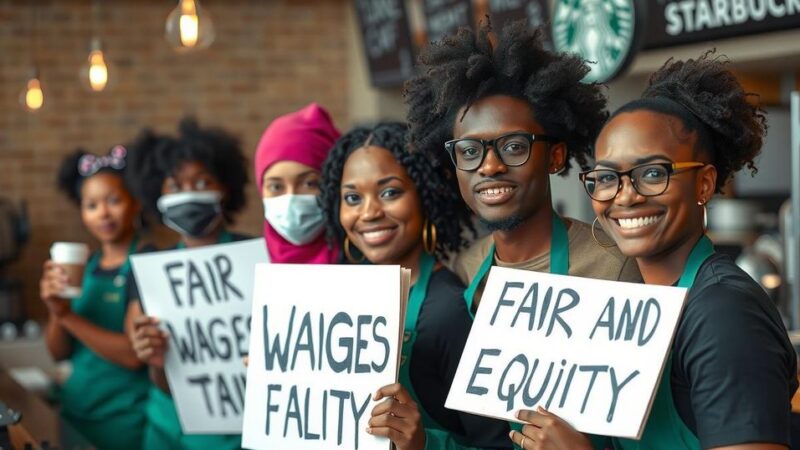Glencore Plc’s Kamoto Copper Co. in the Democratic Republic of Congo faces a royalty dispute with local tax authorities, who claim the company owes €800 million. Following the freezing of bank accounts and a temporary closure of a warehouse, production remains unaffected. The DRC’s significant copper and cobalt output plays a vital role in global markets, particularly for green energy.
A significant dispute has arisen involving Glencore Plc’s Kamoto Copper Co. in the Democratic Republic of Congo, as local tax authorities claim that the company owes approximately €800 million (equivalent to $894 million) in royalties. The tax agency, known by its French acronym DGRAD, reported that the company’s local bank accounts were frozen, and a warehouse containing the firm’s metal was temporarily sealed during the investigation. Despite these challenges, the production of copper and cobalt at the Kamoto mine—one of Congo’s largest—remains unaffected, with outputs of 89,000 tonnes of copper and 11,700 tonnes of cobalt reported for the first half of the year. Glencore maintains a 75% stake in this mining operation, which is a significant contributor to the nation’s exports of these critical minerals. The Congolese government is currently reviewing the accounts of Kamoto Copper Co. as part of an effort to resolve this dispute while safeguarding both the business climate and the state’s interests. A representative from the finance ministry stated that further clarity on the matter is being sought, although additional specifics were not disclosed. Glencore has previously stated that the total tax and royalty payments made by Kamoto in Congo from 2021 to 2023 amounted to $2.3 billion. Following failed negotiations, the tax authority opted to immobilize Kamoto’s financial assets and restrict its operations. Nonetheless, following temporary measures, normal operations at the warehouse resumed shortly thereafter. It is noteworthy that Congo has seen a significant increase in copper exports recently, surpassing Peru as the second-largest global producer of this metal, which is essential for the green energy sector, and also remains the largest source of cobalt, accounting for approximately 75% of the world’s output.
The Democratic Republic of Congo (DRC) is rich in mineral resources, particularly copper and cobalt, which have increasingly gained importance in global markets due to their roles in technology and energy production, especially in the context of the green-energy transition. Glencore Plc is a major player in this region, operating several mining projects that contribute significantly to the local and global supply of these minerals. The ongoing situation surrounding Kamoto Copper Co. highlights the complex interplay between multinational corporations and local governments regarding tax obligations and resource management. The government’s assertion of substantial unpaid royalties points to broader challenges in governance and fiscal accountability within the mining sector.
The conflict between Glencore and the Congolese authorities over an alleged €800 million royalty dispute raises questions regarding corporate compliance with local tax regulations and the broader implications for foreign investment in the region’s mining sector. While production at the Kamoto mine continues uninterrupted, the dispute underscores the intricate dynamics between local governance and international business operations. As the Congolese government seeks to resolve this issue, it remains critical to balance the interests of both the state and the investors to foster a stable and productive business environment.
Original Source: www.mining.com






